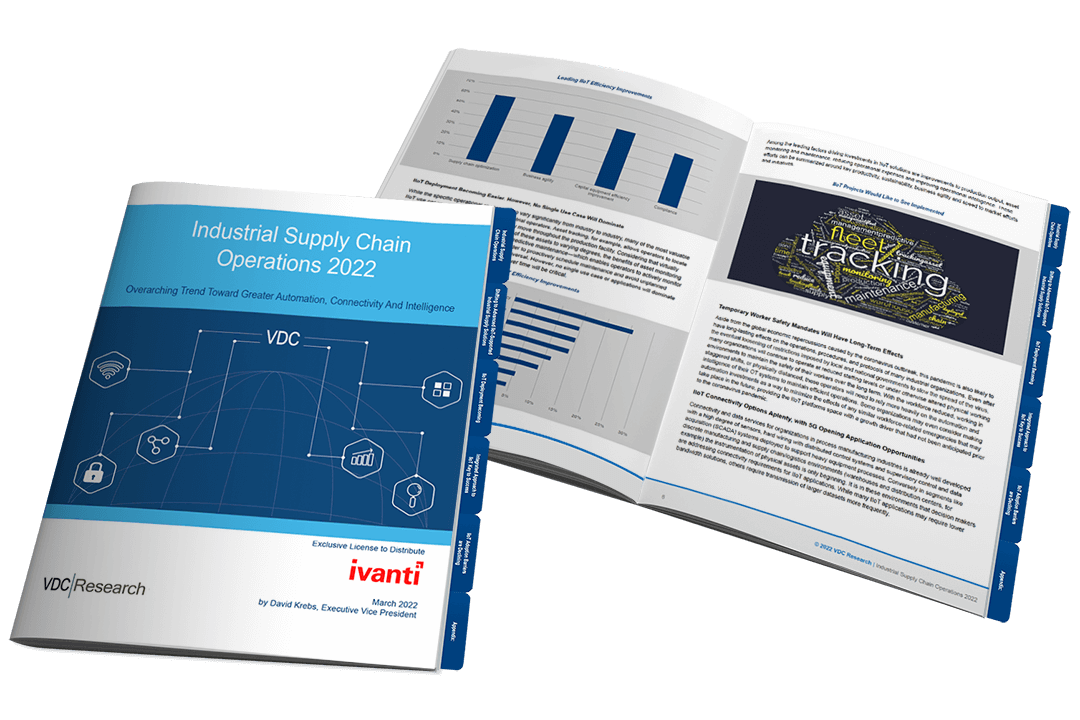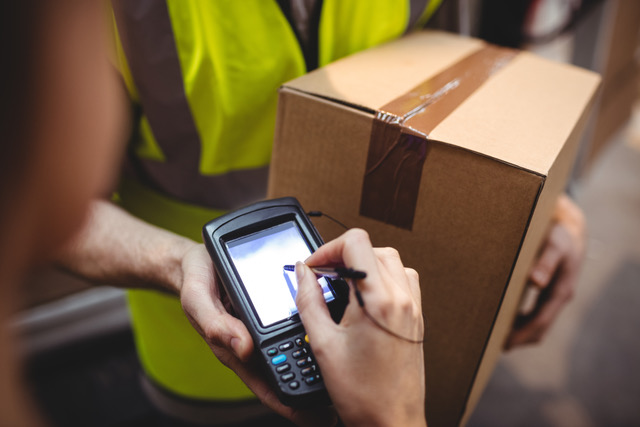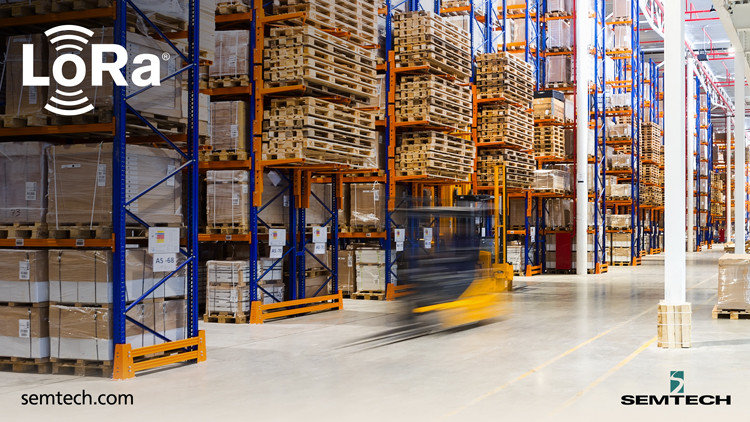Ivanti Wavelink, the supply chain business unit of Ivanti, has announced the results of a joint survey with VDC Research regarding the state of industrial supply chain operations and the adoption of Industrial Internet of Things (IIoT) solutions.
The research revealed that there is an overarching trend toward greater automation, connectivity, and intelligence in industrial supply chain operations. For industrial organisations, IIoT platforms offer significant promise to unlock new business models, deliver improved customer experiences, address the disruptive impact of downtime, and ultimately provide greater operational resilience.
“Today’s warehouses are more complex than they were 10 years ago,” says David Krebs, EVP, VDC Research. “Products and channels have proliferated, late-stage customisation requirements have increased, the number of temperature environments has grown, and warehouse employee turnover has remained high with access to labour at an all-time low.
“The COVID-19 pandemic has intensified these challenges and as a result, manufacturers and distributors are urgently seeking new ways to optimise services and react to future market changes faster and more efficiently. IIoT can help organisations automate processes, improve performance, and reduce inefficiencies, leading to higher revenues and lower costs.”
The good news is that IIoT deployment is becoming easier. The leading factors driving IIoT investments are improvements to production output (27%), improvements to asset monitoring and maintenance (14%), reductions to operational expenses (14%) and improvements to operational intelligence (13%). These efforts can be summarised around key productivity, sustainability, business agility and speed to market efforts and initiatives.
Organisations are also taking advantage of key technology trends that have significantly lowered the adoption barrier of IIoT solutions. These trends include improvements to IIoT platform functionality and ease of use, simplified development of IIoT applications through access to APIs and established communications protocols, lowered costs of sensors and data storage and the development of edge computing that shift computation from the cloud to the shop floor.
However, while many industrial organisations are underway with IIoT pilots, challenges still exist with few organisations fully scaling up their IIoT-enabled solutions. Various technical and organisational factors are typically at the root of these issues. Technical headwinds range from dealing with heterogeneous systems, determining which functions are supported by which applications, how the systems should be deployed, and how these solutions manage security requirements.
Organisationally, IT vs. OT governance is an oft-cited source of conflict as is the challenge of failing to adjust business processes to encourage broader application and failing to fully realise the solution’s value.
“The bottom line is that industrial supply chain operations overall are moving forward on the IIoT technology maturity curve,” said Brandon Black, senior vice president and general manager, Ivanti Wavelink. “This is great news as IIoT transforms business operations by delivering optimal business outcomes, focused worker experiences, reduced costs and increased revenue. Maximising IIoT’s value requires the commitment of leadership to ensure that IIoT is not just an IT initiative, but an organisation-wide effort.
“At Ivanti Wavelink, we look forward to continuing to support our customers as they accelerate digital transformation initiatives and revolutionise supply chain operations with IIoT.”
Ivanti Neurons for IIoT connects machines, devices, workers, and systems, maximising productivity, deepening insights, and improving visibility. It enables customers to get a 360° view of their IIoT equipment, facilitating simpler, faster decision-making with real-time data and deep analytics, as well as driving operational efficiency. Additionally, Ivanti Neurons for IIoT offers customers the ability to create low-code and no-code applications to automate existing supply chain processes and maximise the value of their existing supply chain assets.
The solution’s simplified use of information collected provides greater efficiency in operational decision-making and allows customers to cross-connect applications with new systems – rapidly automating warehouse processes and optimising workflow operations.
Research Methodology: VDC fielded a global survey among operations technology decision makers spanning multiple industries including retail, manufacturing, transportation/logistics, aerospace & defence, utilities and mining, oil & gas organisations. The survey was fielded during Q3/Q4 2021 and included 205 qualified respondents.
CLICK HERE to download a copy of the report









